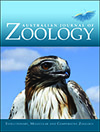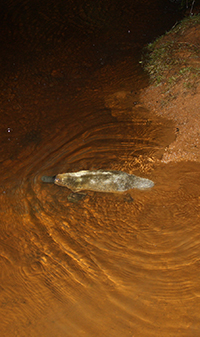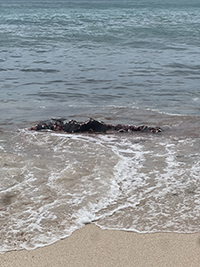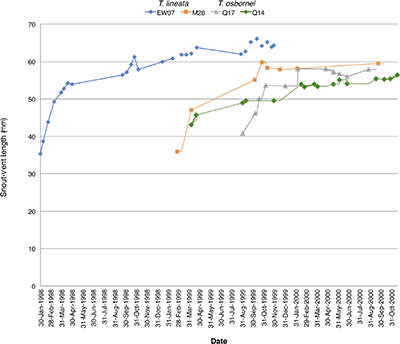Knowing the ages of animals in wild populations is important for conservation modelling. But for many species it is not possible to determine an adult individual’s age. By looking at how long individuals of unknown ages live, this report uses a hypothetical population of unicorns to illustrate a method of working out the proportion of animals in a population that are any particular age, and then applies the same method to a population of wild platypuses. Photograph by Joanne Connolly.
ZO24027 Abstract | ZO24027 Full Text | ZO24027PDF (567 KB) Open Access Article








